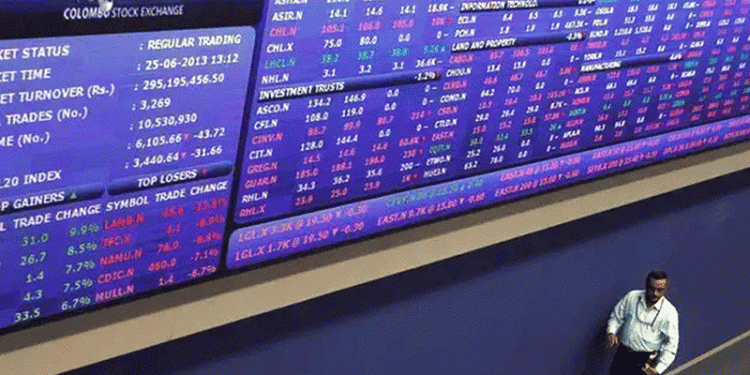The Dow pushed to fresh highs Wednesday one day after notching an all-time record, even as the Federal Reserve said economic growth continued at a dull pace.
The Dow Jones Industrial Average rose 42.47 points (0.30 percent) to 14,296.24, a new all-time high.
The broad-based S&P 500 edged up 1.67 (0.11 percent) to 1,541.46, while the tech-rich Nasdaq Composite Index declined 1.77 (0.05 percent) to 3,222.37.
The market gains came despite a mixed report on US economic conditions from the Federal Reserve.
Although the Fed’s Beige Book showed “modest to moderate” economic expansion, it noted concerns about the impact of new tax hikes on consumer spending.
Michael James, managing director of equity trading at Wedbush Morgan Securities, said many investors continued to have doubts given the uncertainty in Europe and high unemployment in the US. But momentum was pushing stocks higher.
“The market resilience and the index going higher are pulling people into the market that don’t want to be buying,” James said. “People are forced to be buying chasing the performance.”
Among Dow components, the biggest gainers included Bank of America (up 3.2 percent), Alcoa (up 2.6 percent) and Cisco Systems (up 2.3 percent).
Hewlett-Packard, also a Dow component, rose 2.8 percent on reports of fresh shareholder pressure to revamp the computer maker’s board and possibly top management.
Another Dow member, Exxon Mobil, dropped 0.1 percent after signaling 2013 production would drop one percent from the 2012 level.
Staples increased its quarterly dividend, but sank 7.2 percent after reporting quarterly revenues and full-year 2013 earnings guidance that missed expectations.
American Eagle Outfitters plummeted 10.1 percent after signaling that first-quarter earnings would be lower than last year’s levels. The company cited “macroeconomic headwinds and unfavorable weather” as drags on consumer spending.
Bond prices fell. The yield on the 10-year Treasury rose to 1.94 percent from 1.89 percent late Tuesday, while the yield on the 30-year roe to 3.15 percent from 3.10 percent. Bond prices and yields move inversely.
Source: AFP


























